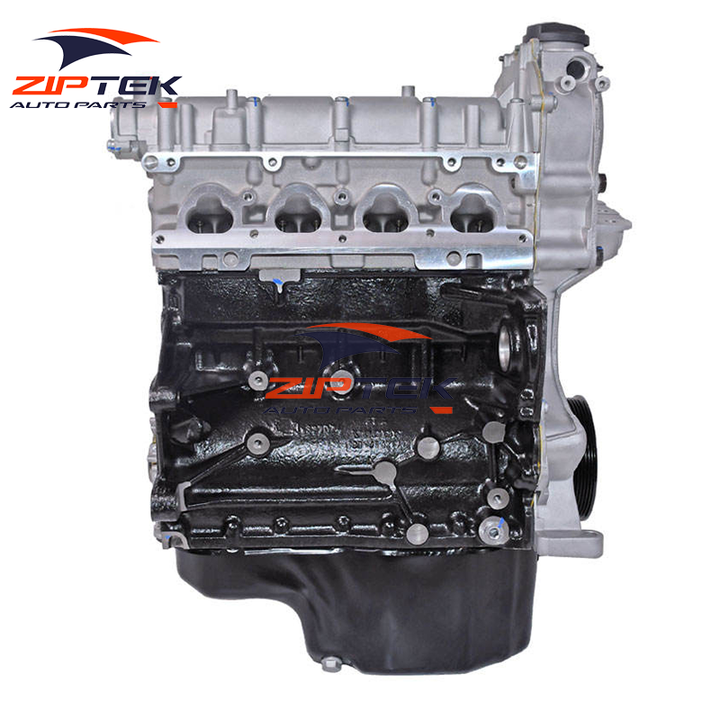Lower downtime by using a well-maintained clp engine.
Lower downtime by using a well-maintained clp engine.
Blog Article
How a Clp Engine Can Improve Performance in Different Industries
The introduction of CLP engines notes a substantial change in functional effectiveness across different sectors, driven by their ability to maximize fuel usage and minimize downtime. Industries such as production and logistics stand to gain considerably from their robust style and regular power result, which assure to simplify procedures and enhance performance. As companies progressively focus on sustainability alongside efficiency, the role of CLP engines comes to be a lot more vital. What continues to be to be seen is exactly how these advancements will certainly shape the future landscape of industrial procedures and their effect on broader economic patterns (clp engine).
Overview of CLP Engines
CLP engines, or Constant Fluid Propellant engines, represent a considerable development in propulsion modern technology, particularly for room applications. These engines use a continuous feed system that enables for the sustained expulsion of propellant, bring about enhanced effectiveness and performance contrasted to typical solid or hybrid propulsion systems. By maintaining a consistent flow of liquid propellant, CLP engines can attain extra accurate thrust control, which is important for navigating spacecraft in numerous objective scenarios.
The layout of CLP engines incorporates sophisticated materials and ingenious gas administration systems. clp engine. This causes decreased weight and boosted integrity, essential elements for long-duration room missions. The continual operation decreases the threat of burning instability, a typical challenge in traditional rocket engines.

Benefits in Production
The manufacturing of Constant Liquid Propellant (CLP) engines presents numerous notable benefits that improve both efficiency and cost-effectiveness. One of the key advantages is the streamlined production procedure, which reduces the complexity connected with standard propulsion systems. By making use of fluid propellant, producers can accomplish greater precision in engine performance, bring about maximized energy output and lowered waste.
In addition, CLP engines facilitate a greater level of modularity, enabling less complicated assimilation right into numerous manufacturing lines. This adaptability can dramatically reduce preparations and boost overall functional adaptability. Making use of CLP technology additionally often tends to reduce the demand for comprehensive maintenance because of fewer relocating parts, which equates into reduced downtime and functional prices.

Applications in Logistics
Leveraging Constant Liquid Propellant (CLP) engines in logistics uses substantial benefits in operational effectiveness and integrity. These engines provide a robust solution for various transportation demands, Read Full Article making it possible for the smooth motion of items across large distances. The fundamental design of CLP engines permits regular power output, which equates right into smoother and more foreseeable transport routines.
Among the vital applications of CLP engines in logistics is in sturdy freight transport, where they can drive both ground and aerial lorries. Their ability to maintain high performance under differing load problems discover this guarantees that shipment timelines are met, therefore boosting consumer complete satisfaction. Furthermore, CLP engines can be integrated right into automated logistics systems, promoting real-time tracking and maximizing route preparation.
Furthermore, the resilience of CLP engines minimizes maintenance downtime, allowing logistics firms to maximize their functional abilities. This is especially advantageous in warehousing procedures, where performance in taking care of and moving goods is crucial. As logistics continues to advance, the assimilation of CLP engines stands for a forward-thinking method that not only boosts performance yet additionally supports the sector's growing needs for integrity and rate.
Influence On Energy Performance
Exactly How do Continual Fluid Propellant (CLP) engines enhance energy effectiveness in transportation? CLP engines utilize a constant circulation of liquid fuel, optimizing combustion processes and preserving a stable thrust output. This style reduces energy losses associated with standard combustion engines, where fuel shipment can vary and result in inadequacies.
The continual operation of CLP engines allows for a more efficient thermal cycle, causing greater particular impulse compared to traditional engines. clp engine. This equates to reduced gas usage for the very same amount of job done, significantly lowering functional expenses across different transportation industries, consisting of aeronautics and maritime markets
Furthermore, the capacity of CLP engines to preserve optimal efficiency under varying load problems minimizes the need for regular velocity and slowdown, further boosting fuel performance. Boosted energy effectiveness not only contributes to cost savings yet additionally causes reduce greenhouse gas emissions, straightening navigate to this site with worldwide sustainability goals.
Future Trends and Innovations
Arising advancements in Constant Liquid Propellant (CLP) engine modern technology assurance to change the landscape of transportation efficiency and sustainability. As markets pivot toward greener alternatives, CLP engines stand at the center, incorporating cutting-edge materials and layout techniques that enhance performance while lessening ecological impact.
Among one of the most appealing patterns is the fostering of crossbreed systems that combine CLP engines with renewable resource sources. This harmony can maximize gas intake and reduce emissions, lining up with worldwide sustainability objectives. Additionally, innovations in computational fluid dynamics (CFD) are facilitating the style of even more aerodynamically reliable engines, resulting in decreased drag and enhanced fuel performance.
Moreover, the advancement of wise monitoring systems is established to boost operational effectiveness. These systems leverage data analytics and IoT innovation to maximize engine efficiency in real-time, making sure that the engines run within their most reliable parameters.
As research study remains to check out alternate propellant solutions-- such as biofuels and artificial fuels-- the future of CLP engines looks appealing. By taking advantage of these advancements, sectors can not just enhance their efficiency yet additionally add dramatically to a cleaner, a lot more sustainable future in transportation.
Conclusion
Finally, CLP engines represent a substantial advancement in efficiency across multiple markets. Their ability to enhance fuel usage and decrease operational costs, integrated with a continuous feed system, enhances power outcome and operational reliability. The combination of innovative materials and less relocating components minimizes upkeep needs, while positioning with sustainability objectives settings CLP engines as a crucial modern technology for the future. Proceeded development in this area guarantees additional renovations in performance and ecological efficiency.
Report this page